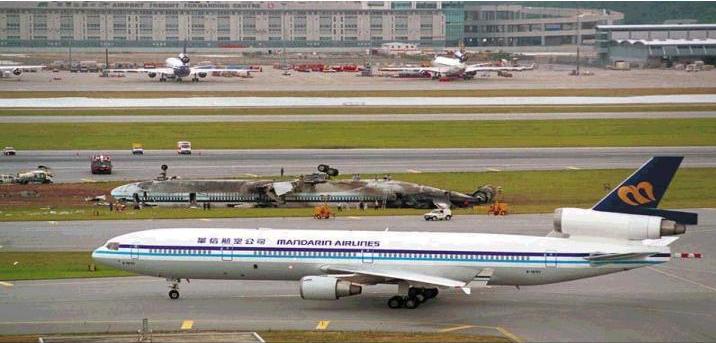
Whether a pilot, an employee ,a passenger, or a visitor to the airport, we all have a responsibility to insure Safety and Security.
A difficult cabin announcement
"Ladies and gentlemen, thank you for choosing to fly with Mandarin Airlines. As we taxi out to the runway please make yourself comfortable..... and for those of you sitting on the right side of the plane..... please ignore our other..... um..... airliner."

(i) Airport Environment
(ii) Foreign Object Debris (FOD)
(iii) Encroachments
Important FAA references include the Airport Safety (FAA Advisory Circular 150/series)
Personnel and equipment
a. on ramp area
b. near runways and taxiways
Aircraft
a. invisible propellers
b. jet blast
Ramp area - equipment and personal items
Runways and Taxiways -bolts, safety wire, screwdriver, gravel
Aircraft impeding takeoffs or landing of other aircraft
Unauthorized vehicles on ramp, taxiway, or runway
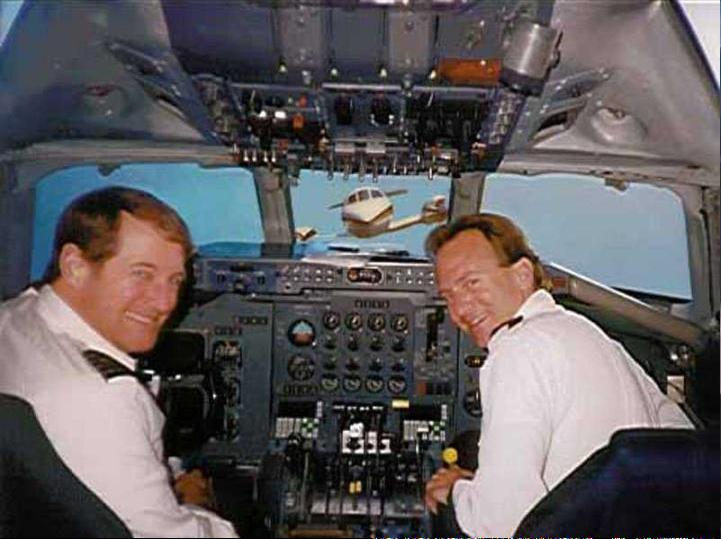
(i) Large Commercial Airport - Portland (PDX)
(ii) Medium General Aviation/Limited FAR 139 - Corvallis (CVO)
(iii) Small General Aviation Airport - Lebanon or Albany, OR
Large Commercial Airport - Portland (PDX)
a. Parameter fence, security cameras, electronic card or guarded gates
b. Airport Rescue/Fire Facility (ARFF) - on field
c. Security - airport police
d. "Sterile area" - employees have picture ID, all people in waiting area are screened by x-ray
Medium General Aviation Limited FAR 139 - Corvallis (CVO)
a. 8 foot parameter fencing
b. Professional fire department - 5 minute response
c. ARFF not required for Limited FAR 139
d. fire dept standby for aircraft with 30+ seats
e. Security - local police/sheriff patrol
f. "Sterile area" - passengers screened, held separate and escorted to aircraft
Small General Aviation Airport - Lebanon or Albany, OR
a. 3 strand barb-wire fence
b. volunteer fire department - 10-15 minute response
c. surveillance by fixed base operator (fbo) and local pilots
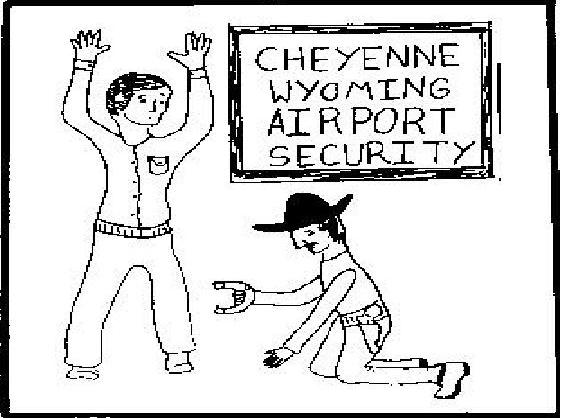
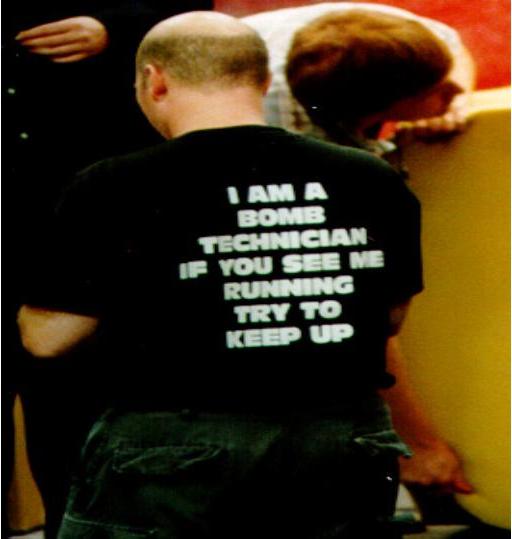
"75% of all aircraft accidents occur within 0.5 miles of an airport" Emergency Response requirements depend on size and type of airport set out in FAR Part 139, and include both Personnel and Training of Emergency Response. Specialized training is required for the following:
a. special hazard of airport and area
b. airport water system
c. radio procedures
d. aircraft types
e. equipment use
f. medical care
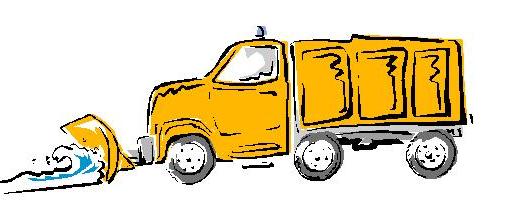
(i) Withstand applied loads
(ii) Distribute loads to underlying layers
(iii) Resist deterioration due to weather
(iv) Provide smooth skid resistance surface
(i) Rigid-Portland Cement Concrete (PCC)
(ii) Flexible- Asphalt Concrete
(iii) Unimproved Surfaces - common in remote and rural locations
a. Turf - grass
b. Gravel
(iv) Water - seaplane/maritime operations
(v) Packed Snow - winter operations
Pavement Comparison between Rigid and Flexible Pavements
| Concrete | Asphalt |
| More expensive to install | Less expensive to install than concrete |
| Less expensive to maintain | Higher maintenance costs |
| Used for Class B, C, and most D Airports | Sensitive to moisture, oxidation and fuel spills |
| May have asphalt overlay | Limited application for heavy aircraft use |
Pavement Performance Factors
Load Variables
(i) Aircraft gross weight
(ii) Wheel Load
(iii) Number and Spacing of Wheels
(iv) Tire Pressures
(v) Type of Load
(vi) Loading Cycle
Construction Variables
(i) Time- On going runway operations
(ii) Cost
(iii) Construction season
(iv) Availability of construction materials and equipment
Environmental Variables
(i) Amount and distribution of precipitation
(ii) Ambient Temperatures
(iii) Fuel Spillage
Structural Design
Type of Pavement and base layers- existing soil conditions
Maintenance
Important to maintain runway surface by removing surface contaminants such as vulcanized rubber
Need to prevent dynamic hydroplaning by landing aircraft.
Runway Grooving is a method to improve drainage and reduce hydroplaning.
"Runway is the beginning and end of every successful flight".
In the United States many existing runway surfaces are over 30 years old, and in need of rehabilitation.
Pavement Management is one of the most important aspect of airport management.
Pavement Maintenance includes the regular inspection of runway surface for:
(i) ponding of water
(ii) surface cracking
(iii) spalling in joints PCC- spalling is the fractured edgs in and around the joint area of concrete due to the tremendous pressures generated during the expansion and contraction of concrete slabs. This expansion and contraction is due to temperature variation.
(iv) bumpy surfaces
(v) fuel spillage
Pavement Edge Maintenance is importance:
(i) to prevent the build up of turf which reduces drainage,
(ii) to manage erosion
(iii) maintain a maximum height of 2 inches to prevent damage aircraft landing gear on runway excursions
Runoff and Surface Water Treatment
(i.) Collection and disposal of runoff
(ii.) Drainage of surface and subsurface water
(iii). Treatment of contaminated water from fuel, hydraulic liquids and oil and deicing materials

Airport Winter Safety and Operations: FAA Advisory Circular 150/5200-30A
Develop a snow removal plan that includes:
Ice Accumulation is the greatest hazard
Establish Bird Management Program: a. remove standing water, ponds, and trees or other roosting sites b. remove food sources c. use noise makers etc to annoy birds Birds/Animals( environmental issue as well) Hawks, Geese, Sea Gulls Cows, Deer, Dogs, Coyotes( manage food source)
a. Area clearly defined
b. Located away from Aircraft parking area
c. Grounding provided for all refueling operations
d. Tanks checked for water contamination
e. Fuel hose and nozzles protected from contaminants and weather
f. Security provided
g. NO SMOKING signs posted
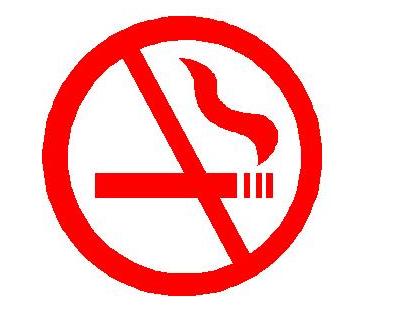
5-5